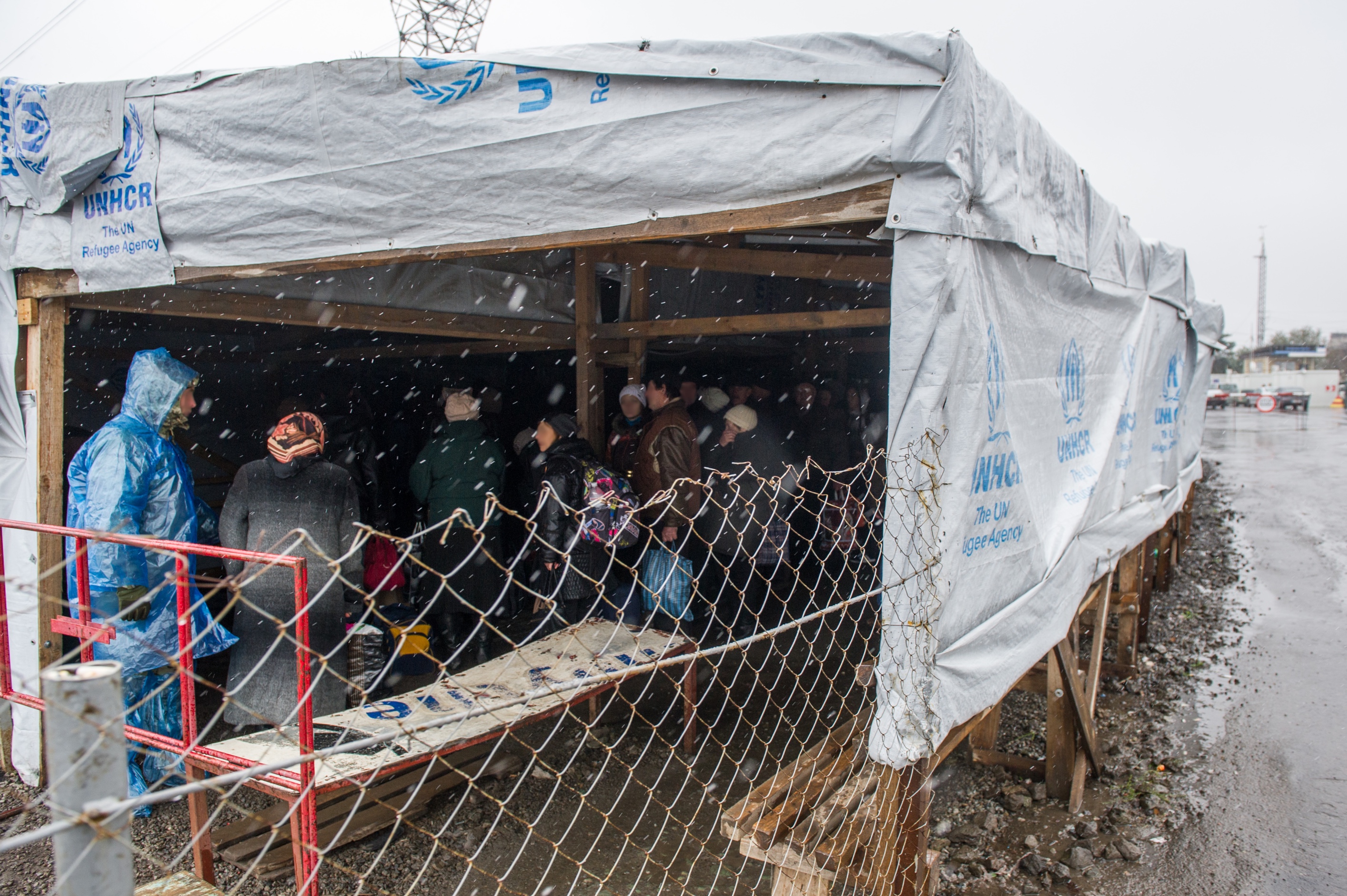eClinicalMedicine
An economic evaluation of breast cancer interventions in Kenya
Publication
07 Nov 2024
14 Feb 2024

More than 5.5 million Syrian refugees have fled violence and settled in mostly urban environments in neighboring countries. The Middle East and North Africa (MENA) region accounts for 6% of the global population but 25% of the population are ‘of concern’ to the UN Refugee Agency. In addition to large amounts of forced migration, the region is also undergoing an epidemiologic transition towards a heavier burden of noncommunicable diseases (NCDs), which in 2018 accounted for 74% of all deaths in the region. To address NCD needs globally, a myriad of policies and interventions have been implemented in low-income stable country settings. However, little is known about which policies and interventions are currently being implemented or are best suited for refugee hosting countries across the Middle East and North Africa.
A scoping review of peer-reviewed literature was conducted to identify policies and interventions implemented in the Middle East and North Africa to address the needs of urban refugees with noncommunicable diseases.
This scoping review identified 11 studies from Jordan, Lebanon, Iran, West Bank, Gaza and Syria. These studies addressed three foci of extant work, (1) innovative financing for expensive treatments, (2) improvements to access and quality of treatment and, (3) efforts to prevent new diagnoses and secondary complications. All interventions targeted refugee populations including Palestinians, Sudanese, Syrians, Afghans and Iraqis.
The scoping review highlighted five key findings. First, very few studies focused on the prevention of noncommunicable diseases among displaced populations. Second, several interventions made use of health information technologies, including electronic medical records and mHealth applications for patients. Third, the vast majority of publications were solely focused on tackling NCDs through primary care efforts. Fourth, the literature was very sparse in regard to national policy development, and instead favored interventions by NGOs and UN agencies. Last, the perspectives of refugees were notably absent.
Opportunities exist to prioritize prevention efforts, scale up eHealth interventions, expand access to secondary and tertiary services, address the scarcity of research on national policy, and incorporate the perspectives of affected persons in the broader discourse.